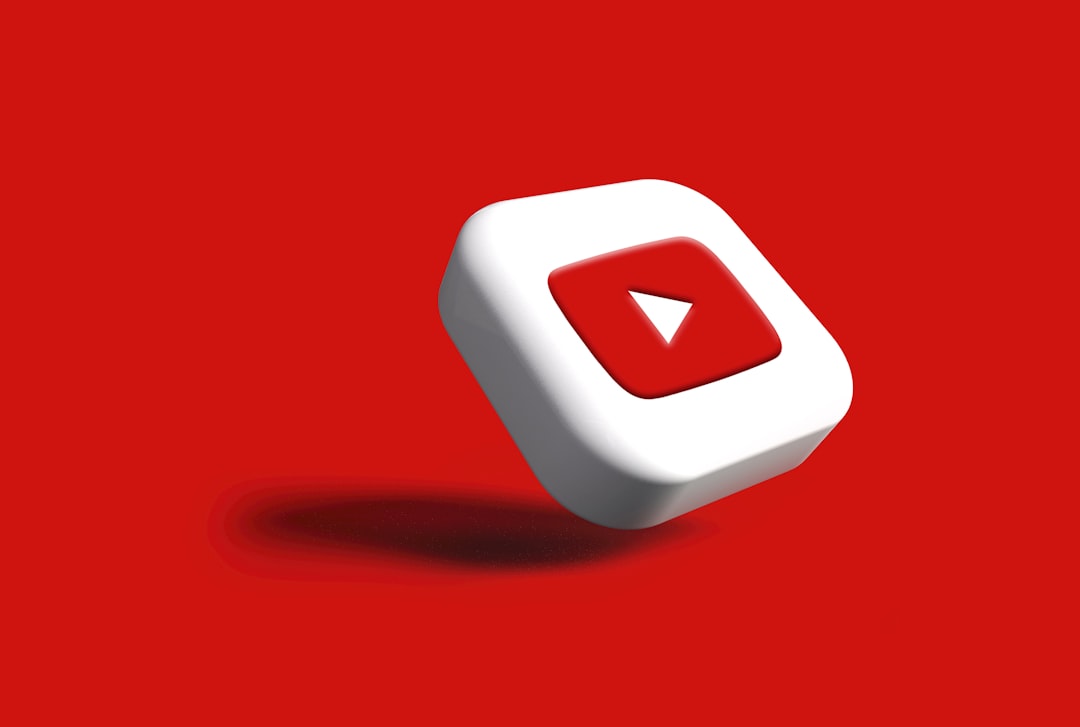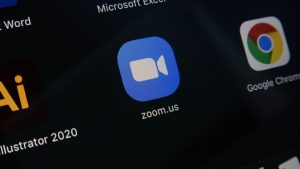How YouTube Copyright Match Made False Claims on a Compilation Video and the Manual Counter-Notice That Cleared It
2 min read
When a creator uploads a compilation video on YouTube, it’s often with the intention of spreading joy, laughter, or knowledge. However, sometimes the very act of compiling content—even if done legally—can lead to unexpected and frustrating consequences. This is exactly what happened when a popular creator found themselves in the crosshairs of YouTube’s automated Copyright Match tool, which mistakenly flagged and demonetized their fully legal and fair-use compilation video.
TL;DR
A YouTuber uploaded a legally edited compilation video using open-license and fair-use clips, only to be hit with multiple false copyright claims by YouTube’s automated Copyright Match system. The creator filed a manual counter-notice after confirming the content was used legally. After a waiting period, the claims were released, reinstating monetization and clearing the creator’s reputation. This story highlights the overreach of automated copyright tools and the value of human review in resolving disputes.
The Compilation Video That Caused an Uproar
The content creator, who had previously gained popularity for making “Best Moments” compilations from Twitch and public domain movie reels, spent weeks editing a new video. The clips used were either:
- In the public domain
- Licensed under Creative Commons
- Provided with express written permission
The final video was a well-researched, transformative compilation that added commentary, reframed context, and combined sources in a way that clearly fit within the fair use doctrine. But within minutes after publishing, YouTube’s Copyright Match Tool flagged the video, and multiple content ID claims were applied to several sections throughout the 23-minute video.

Understanding the Copyright Match Tool
YouTube’s Copyright Match tool is an automated system designed to detect matches between user-uploaded content and existing content registered via Content ID or manual entries. The tool helps copyright holders find and take action on unauthorized usage of their intellectual property. However, it’s not flawless.
What makes this case alarming is that the clips flagged were:
- Already cleared under license agreements
- Heavily edited and transformed
- Part of content protected under fair use due to commentary and compilation context
The flagged parties included large media corporations who had no actual claim to the clips in question. In one instance, a five-second reaction clip from a public domain film was falsely claimed by a user who had manually submitted a similar, but not identical, video through Content ID.
The Toll on Creators
False copyright claims hit creators hard. In this case, the creator’s video was:
- Instantly demonetized
- Geo-blocked in over ten countries
- Struck with limited visibility
This not only affected the revenue they could earn but also harmed the video’s momentum. For smaller creators who rely on early traction for long-term success, this kind of takedown can be catastrophic.
 youtuber frustrated laptop</ai-img]
youtuber frustrated laptop</ai-img]
What the Creator Did: The Manual Counter-Notice
After discovering that the claims were not valid, the creator proceeded with filing a manual counter-notice. This is a formal process provided under the Digital Millennium Copyright Act (DMCA), in which the uploader disputes a copyright claim and asserts their ownership or legal use of the content.
To do so, the creator had to:
- Go into the YouTube Studio’s copyright section
- Click on the “Request Removal of Claim” button
- Follow the steps to provide a legal counter-notice
- Attach proof of licenses, editing timestamps, and commentary context
The counter-notice included detailed timestamps pointing out the added commentary and transformation of each flagged clip. In addition, license documents and a declaration of good faith were submitted. This level of transparency helped them build a strong objection.
The Waiting Period and Outcome
Under DMCA rules, a claimant has 10–14 business days to respond to a counter-notice. If they don’t respond with proof of legal action, the claim is removed. In this case, none of the original claimants responded. After the waiting period, the claims were automatically lifted, and monetization on the video was restored.
The creator updated the community with a post explaining the situation and encouraging others to remain vigilant about automated claim systems. The incident also drew attention from copyright reform advocates, who argue that YouTube’s automated systems place unfair burdens on small creators.
Lessons Learned and What Creators Should Do
This story serves as a layer of caution for all content creators on the platform. If you’re compiling content—even if legally—you may still run into issues with automated matching tools. Here’s what creators can do:
- Keep documentation of all licenses, permissions, and sources
- Add transformative elements like commentary, transitions, or voiceovers to support fair use
- Always review YouTube’s copyright policies before uploading
- Don’t hesitate to file a counter-notice if you’re sure you’re in the right
Above all, creators should remember that while automated systems can make mistakes, the platform still offers manual remedies—which, although slow, can restore rightful content ownership.
FAQs
What is the Copyright Match Tool on YouTube?
The Copyright Match Tool is an automated system that detects when content uploaded to YouTube matches existing videos submitted to YouTube’s copyright database. It’s intended to help rights holders find reused content and enforce copyright claims.
Can the Copyright Match Tool make mistakes?
Yes, and it often does. The tool uses algorithms and automated checks that may flag similar but not identical content, and it doesn’t assess context or fair use considerations.
What is a manual counter-notice?
A manual counter-notice is a formal objection filed by a creator when they believe a copyright claim is incorrect. It’s submitted through YouTube and invokes DMCA rights to dispute the claim legally, often requiring a waiting period of up to 14 business days.
Can filing a counter-notice get your video back online?
Yes, if the original claimant does not file a lawsuit within the 10–14 business day period, the claim is removed and the video is restored to good standing.
Is filing a counter-notice risky?
It can be, because you’re submitting a legal declaration under penalty of perjury. Only file a counter-notice if you’re absolutely certain your use is lawful and falls under fair use or proper licensing.
How can creators protect themselves from false claims?
Keep records of all licensing, ensure content is transformative, add original commentary, and understand fair use principles. Knowing your rights and being prepared to challenge claims are essential to defending your content.
While YouTube’s Copyright Match Tool is well-intended, it is far from perfect. This creator’s story is a reminder that vigilance, documentation, and legal savvy are the unsung armor every YouTuber must wear.



